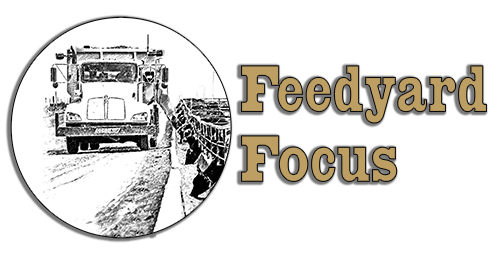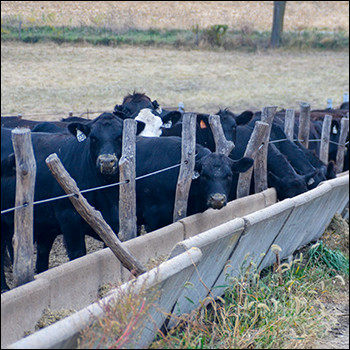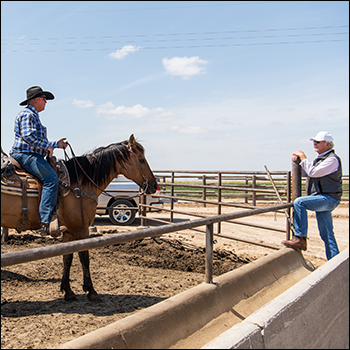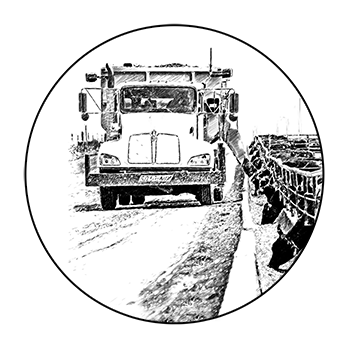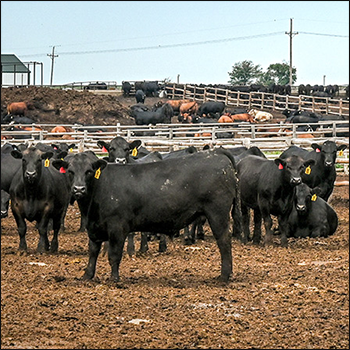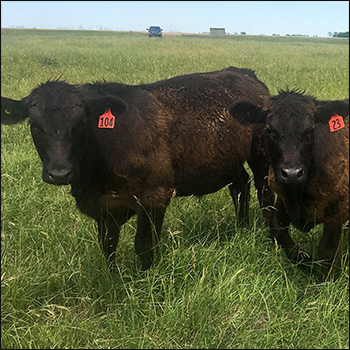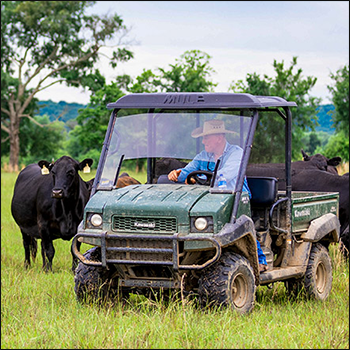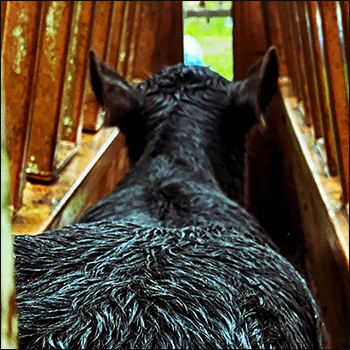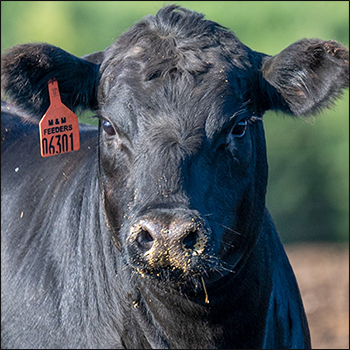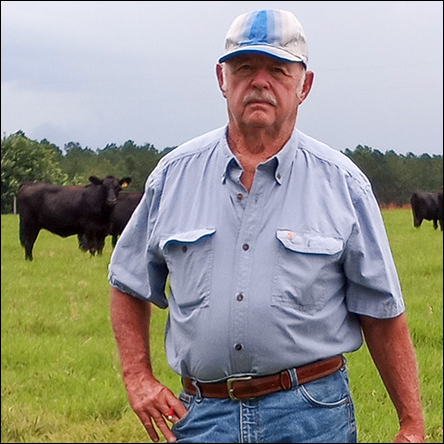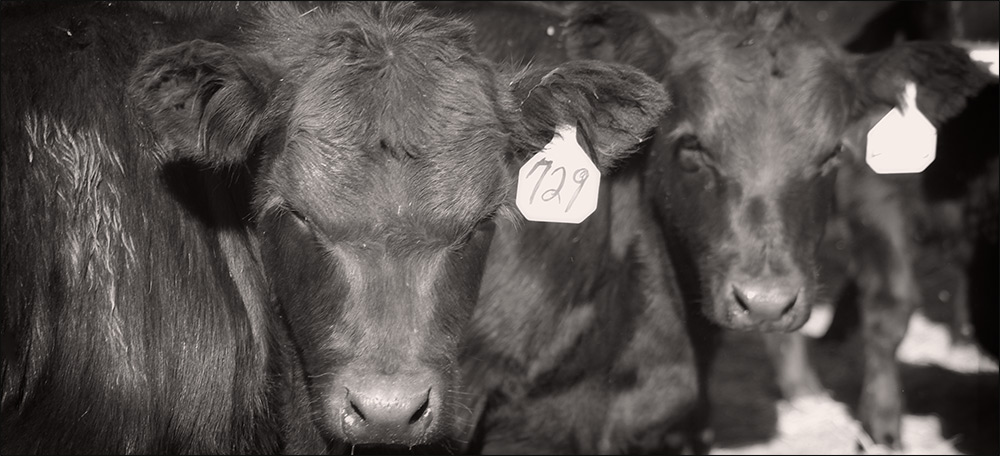
Price Discovery in Cattle Markets
Researchers look at 20 years of data to determine effect of trends, future of industry.
Agricultural economists say short-term disruptions in the fed-cattle and beef industries have not changed longer-term motivations for how buyers and sellers establish prices for cattle.
They have finished an exhaustive review of price discovery in the fed-cattle and beef industry during the past 20 years, which explains current ways of doing business and where cattle markets may be headed in the future.
“We recognize COVID and the constraints it imposed on the beef industry; labor constraints and packer capacity became a major concern,” said Ted Schroeder, a livestock economist with Kansas State University (K-State) Research and Extension. “The ability to move cattle through a constrained packing system was an issue and something we need to stay aware of.”
Yet the global pandemic — as well as a 2019 fire at a packing plant in Holcomb, Kan., and a cyberattack in late May on the world’s largest meat supplier — are “black swan events,” according to Schroeder.
“We can’t predict those events. We have to deal with them as they occur, and we have to manage through them and build systems that are going to be resilient to such events. They have not altered longer-term opportunities for the beef industry and must not deter progress made in improved supply-chain alignment.”
Schroeder and colleagues Brian Coffey and Glynn Tonsor have published a study in which they note factors that have transformed the fed-cattle and beef industry through 20 years, factors that have contributed to resilience.
The full study, “Effective and Efficient Cattle and Beef Market Alignment: Price and Value Discovery, Divergent Incentives, Risk Management and Future Prospects,” is available online.
Their work lists many factors that have led to structural change in the industry through the course of two decades, including:
- Evolving consumer demand for beef production assurances.
- Increasing demand for higher-quality products.
- Advances in product development by beef processors.
- Growth in product differentiation and branding.
- Higher demand in foodservice and export markets.
“Certainly, the changing customer and consumer drove a lot of how our industry has evolved and sent signals by what they prefer and items they purchase, back down to the producer level eventually,” Schroeder said. “In order to have an industry that could be more responsive to these evolving customer and consumer expectations, we designed and developed pricing mechanisms and value-sending signals from retail all the way back to the cow-calf producers.”
In the fed-cattle market, Schroeder said a major shift took place from cash negotiated commodity trade to value-based grid marketing and marketing agreements.
“Marketing agreements were designed originally out of a goal of being more efficient and facilitate marketing cattle more timely and with lower cost,” he said. “Over time, they became more focused on value propositions for the cattle, and focusing on quality and ultimately taking that quality to the customer through beef branding, product differentiation and further product enhancing.”
Coffey added: “If you’re selling live cattle and you want to take advantage of perceived market movements week to week, then yeah, the negotiated market gives you that opportunity. With the alternative marketing agreement, or formula pricing, you can better ensure you’ll be rewarded for things like relationships with your upstream feeder-cattle supplier, investments in a different feeding regime or investments in genetics.”
The economists estimated that due to the higher-quality beef being produced in the two decades — and consumers’ demand for higher quality — the industry added approximately $700 million in net beef quality premiums in 2019 alone.
“If you asked me 10 years ago if we could have more than 80% of our cattle grading Choice and higher by today, I would have said it wasn’t likely,” Schroeder said. “Well, guess what? It not only was likely, we surpassed that, and it occurred because strong price signals that paid premiums for high-quality cattle were sent through marketing arrangements and grid pricing.”
Editor’s note: Pat Melgares is a communications coordinator for K-State Research and Extension.
